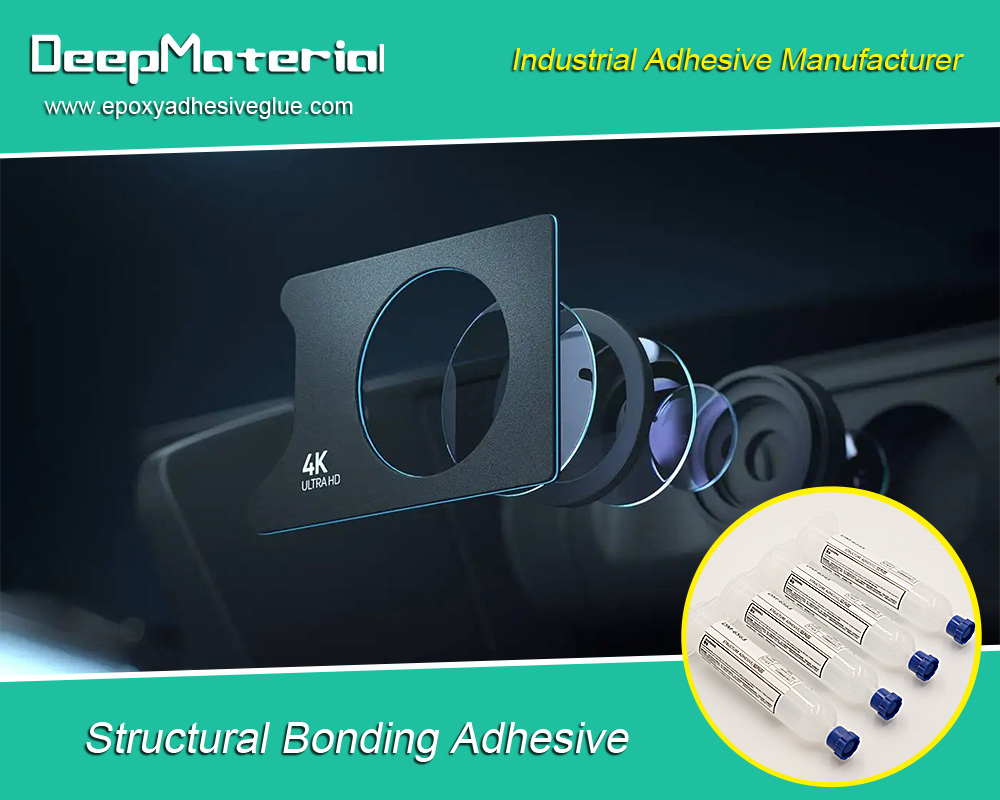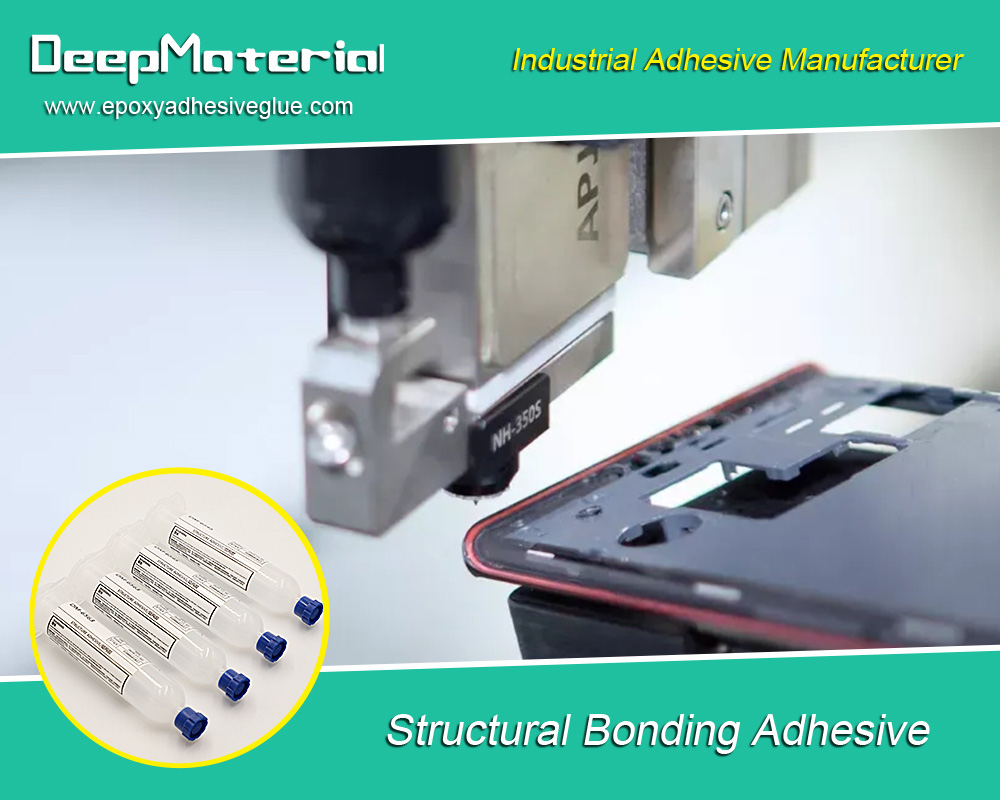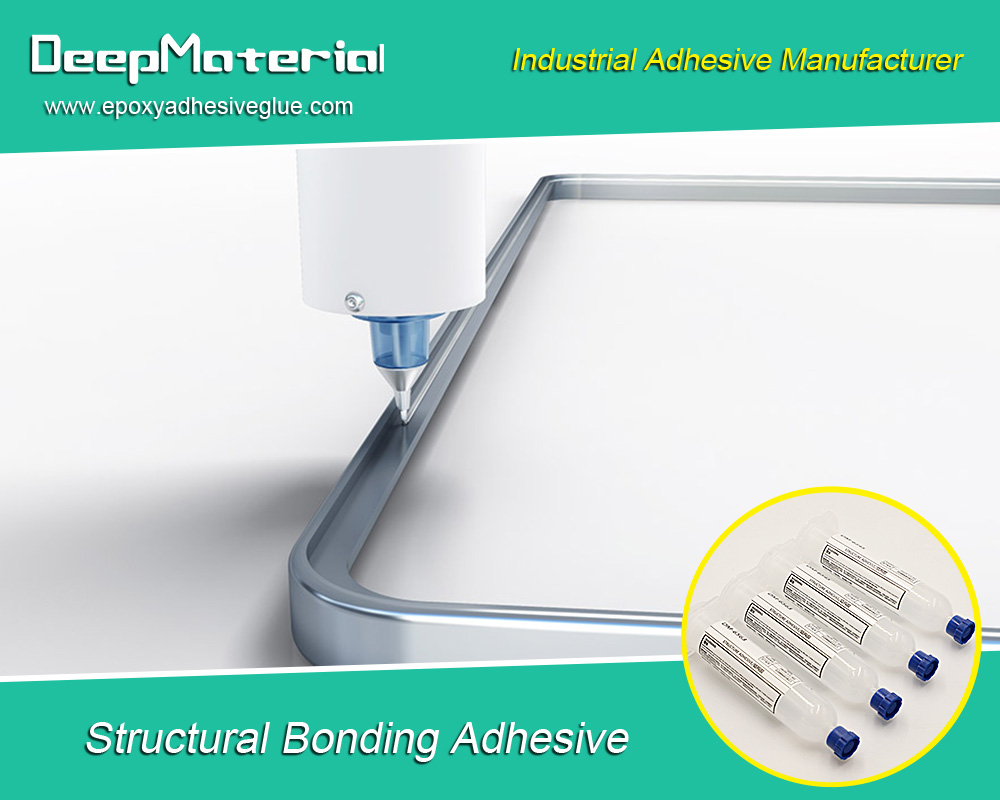Non-Conductive Epoxy for Electronics: A Comprehensive Guide
Non-Conductive Epoxy for Electronics: A Comprehensive Guide
In electronics, the pursuit of reliability and performance drives developing and applying advanced materials. One such material is non-conductive epoxy, a critical component used extensively in the electronics industry. This article thoroughly explores non-conductive epoxy, including its properties, applications, benefits, and challenges.
What is Non-Conductive Epoxy?
Non-conductive epoxy is a resin used primarily in electronic applications where electrical insulation is required. Unlike conductive epoxies, which contain materials that conduct electricity, non-conductive epoxies are designed to prevent electrical flow. This property makes them ideal for applications where isolation of electronic components is necessary to avoid short circuits, interference, and other electrical issues.
Composition and Types
Non-conductive epoxies are composed of a base resin and a hardener. The resin provides the primary structural integrity, while the hardener initiates the curing process, turning the liquid epoxy into a solid. The composition can vary based on the specific application, but typically, non-conductive epoxies include the following components:
- Epoxy Resins:These are thermosetting polymers that provide the primary structure. Common types include bisphenol-A (DGEBA) and novolac resins.
- Hardeners:These chemicals react with the epoxy resin to form a cross-linked network, enhancing the epoxy’s mechanical and chemical properties. Standard hardeners include amines, anhydrides, and phenolic compounds.
- Fillers and Additives:These modify viscosity, thermal conductivity, and mechanical strength properties. Fillers may include silica, alumina, or various polymeric materials.
Properties of Non-Conductive Epoxy
Non-conductive epoxy is prized for its unique combination of properties that make it suitable for various electronic applications. Key properties include:
Electrical Insulation
The primary property of non-conductive epoxy is its excellent electrical insulation. It provides high resistance to electrical currents, preventing accidental short circuits and electrical interference. This property is crucial for ensuring the reliable operation of electronic devices.
Thermal Stability
Non-conductive epoxy exhibits good thermal stability, meaning it can withstand high temperatures without degrading. This is essential in electronics, where components can generate significant heat. The epoxy’s ability to maintain its properties under thermal stress ensures long-term performance and reliability.
Mechanical Strength
These epoxies provide mechanical solid support and protection to electronic components. They are often used to encapsulate sensitive parts, resisting physical damage, vibration, and shock. This mechanical strength is critical for ensuring the durability of electronic assemblies.
Chemical Resistance
Non-conductive epoxies resist various chemicals, including solvents, acids, and bases. This property protects electronic components from corrosive environments and extends the device’s lifespan.
Low Dielectric Constant
Another important property of non-conductive epoxy is its low dielectric constant. This ensures minimal signal loss and interference, which is critical for high-frequency electronic applications. The low dielectric constant contributes to the overall performance of electronic circuits and devices.

Applications of Non-Conductive Epoxy
Non-conductive epoxy finds applications across various sectors of the electronics industry. Some of the most common uses include:
PCB (Printed Circuit Board) Protection
One of the primary applications of non-conductive epoxy is protecting printed circuit boards (PCBs). Epoxy coatings and encapsulants are applied to PCBs to safeguard them from environmental factors such as moisture, dust, and chemicals. This protection ensures the longevity and reliability of electronic circuits.
Encapsulation of Electronic Components
Non-conductive epoxy encapsulates sensitive electronic components, such as integrated circuits (ICs) and transistors. The epoxy provides a protective layer that shields these components from physical damage, moisture, and chemical exposure. Encapsulation also aids in thermal management by dissipating heat generated by the components.
Potting of Electrical Assemblies
Potting is a process where non-conductive epoxy fills the cavities of electrical assemblies. This process provides insulation and protection to the internal components, ensuring they remain secure and operational under various environmental conditions. Potting is commonly used in automotive electronics, industrial machinery, and consumer electronics.
Adhesive Applications
Non-conductive epoxy is also used as an adhesive in electronic assembly processes. It bonds electronic components to PCBs and other substrates, providing a durable connection that withstands thermal cycling and mechanical stress. The adhesive properties of non-conductive epoxy are essential for maintaining the integrity of electronic assemblies.
Benefits of Using Non-Conductive Epoxy
The use of non-conductive epoxy in electronics offers several benefits:
Enhanced Reliability
By providing electrical insulation and protection, non-conductive epoxy enhances the overall reliability of electronic devices. It reduces the risk of electrical failures, short circuits, and component damage, contributing to the device’s long-term performance.
Improved Durability
Non-conductive epoxy’s mechanical strength and chemical resistance contribute to the durability of electronic components. It helps protect sensitive parts from environmental factors and physical stress, extending the device’s lifespan.
Thermal Management
Non-conductive epoxy aids in thermal management by dissipating heat generated by electronic components. Its thermal stability ensures the epoxy maintains its properties under high temperatures, preventing overheating and potential damage.
Design Flexibility
The versatility of non-conductive epoxy allows for various design and manufacturing options. It can be tailored to meet specific requirements, such as viscosity, curing time, and mechanical properties, providing flexibility in electronic design and assembly.
Challenges and Considerations
Despite its many advantages, non-conductive epoxy presents specific challenges that need to be addressed:
Curing Process
The curing process of non-conductive epoxy can be sensitive to temperature and humidity. Inconsistent curing conditions may result in incomplete curing or defects in the final product. Proper handling and environmental control are essential to ensure optimal curing and performance.
Application Techniques
Applying non-conductive epoxy requires precision and care to avoid air bubbles, uneven coatings, or incomplete encapsulation. Advanced application techniques and equipment may be necessary to achieve the desired results.
Cost
Non-conductive epoxy can be more expensive than other insulating materials. The cost may vary based on the type of epoxy, additives, and the complexity of the application. Cost considerations should be balanced with the epoxy’s performance requirements and benefits.
Environmental Impact
The production and disposal of non-conductive epoxy may have environmental implications. Manufacturers and users should be aware of the environmental impact and explore options for recycling and reducing waste.
Future Trends in Non-Conductive Epoxy
The field of non-conductive epoxy continues to evolve with advancements in materials science and manufacturing technologies. Some emerging trends include:
Development of Eco-Friendly Formulations
A growing emphasis is on developing eco-friendly, non-conductive epoxies with reduced environmental impact. Researchers are exploring alternative resins and hardeners that are less harmful to the environment while maintaining performance.
Enhanced Performance Properties
Ongoing research aims to enhance the performance properties of non-conductive epoxy, such as improving thermal conductivity, reducing curing times, and increasing mechanical strength. These advancements will further expand the applications and capabilities of non-conductive epoxy.
Integration with Smart Technologies
Integrating non-conductive epoxy with intelligent technologies, such as sensors and IoT devices, is an area of active development. Innovations in this field aim to create epoxy formulations supporting advanced electronic functionalities and applications.

Conclusion
Non-conductive epoxy plays a crucial role in the electronics industry by providing essential electrical insulation, thermal stability, and mechanical protection. Its diverse applications, ranging from PCB protection to component encapsulation, highlight its importance in ensuring the reliability and durability of electronic devices. Despite challenges such as curing sensitivity and cost, ongoing advancements and research continue to enhance the performance and sustainability of non-conductive epoxy. As technology progresses, non-conductive epoxy will remain essential in developing advanced electronic systems and applications.
For more about choosing the best non-conductive epoxy for electronics: a comprehensive guide, you can pay a visit to DeepMaterial at https://www.epoxyadhesiveglue.com/category/epoxy-adhesives-glue/ for more info.











